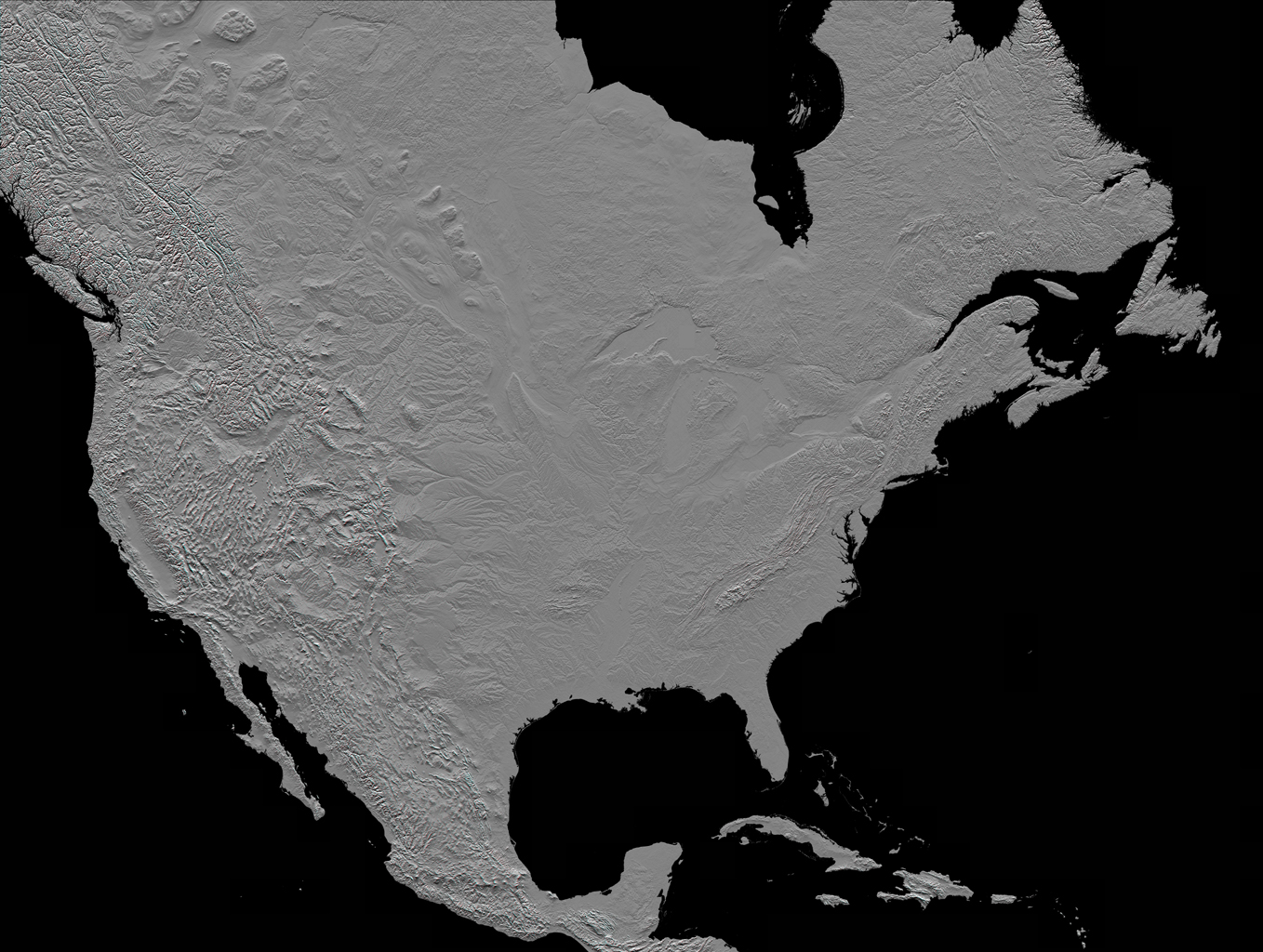
I currently hold the Provost’s Postdoctoral Fellowship in Native American History at Emory University. Recently, I held the American Council of Learned Societies Emerging Voices Postdoctoral Fellowship in the Program on Race, Migration, and Indigeneity at Indiana University Bloomington from 2020-2021. As an interdisciplinary scholar of early American and Native American history, I design digital history courses that train students to think, research, and communicate like professional historians across diverse multimedia platforms.
My current book project, Kaniatarowanenneh Crossings: Indigenous Power and Presence in the St. Lawrence River Watershed, 1534-1842, is under contract with University of Nebraska Press as part of its Borderlands and Transcultural Studies series. The manuscript explores the interplay of environments, religious revitalization, and collective political action within Native mission communities along the present US-Canada border. This work combines ethnography, environmental history, and methodologies from Native American and Indigenous Studies to understand how a confederation known as the Seven Fires maintained their sovereignty and autonomy despite dense settler populations and the imposition of national borders through their riverine homelands.
My recent article, “Kateri’s Bones: Recovering an Indigenous Political Ecology of Healing along Kaniatarowanenneh, 1655-1701” was published in the Fall 2020 issue of the Journal of the Native American and Indigenous Studies Association, the leading journal of record in the field of Native American Studies. An earlier version of this paper received the award for “Best Student Paper” from the Native American and Indigenous Studies Association at its annual meeting in May 2018. At the confluence of political ecology, early American history, and Native American Studies, the article centers on the unusually well-documented life of St. Kateri Tekakwitha to recover the ways Native women maintained sovereign communities in their riverine homelands during an era of climate change, colonial invasion, and internecine violence. Native women established a syncretistic religion around Kateri’s memory, which mapped Catholic rituals on older Indigenous ecological knowledge and practices. In doing so, I show how the St. Lawrence River watershed represented a site of Native resilience and regeneration rather than decline and dependence during the seventeenth and eighteenth centuries.
My essay on Indigenous diplomacy as an extension of US foreign policy in the early American republic, “Before Domestic Dependent Nationhood: Entanglements of Indigenous Diplomacy and U.S. Foreign Policy,” appeared in the Routledge History of U.S. Foreign Relations (2022).
